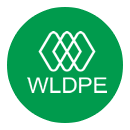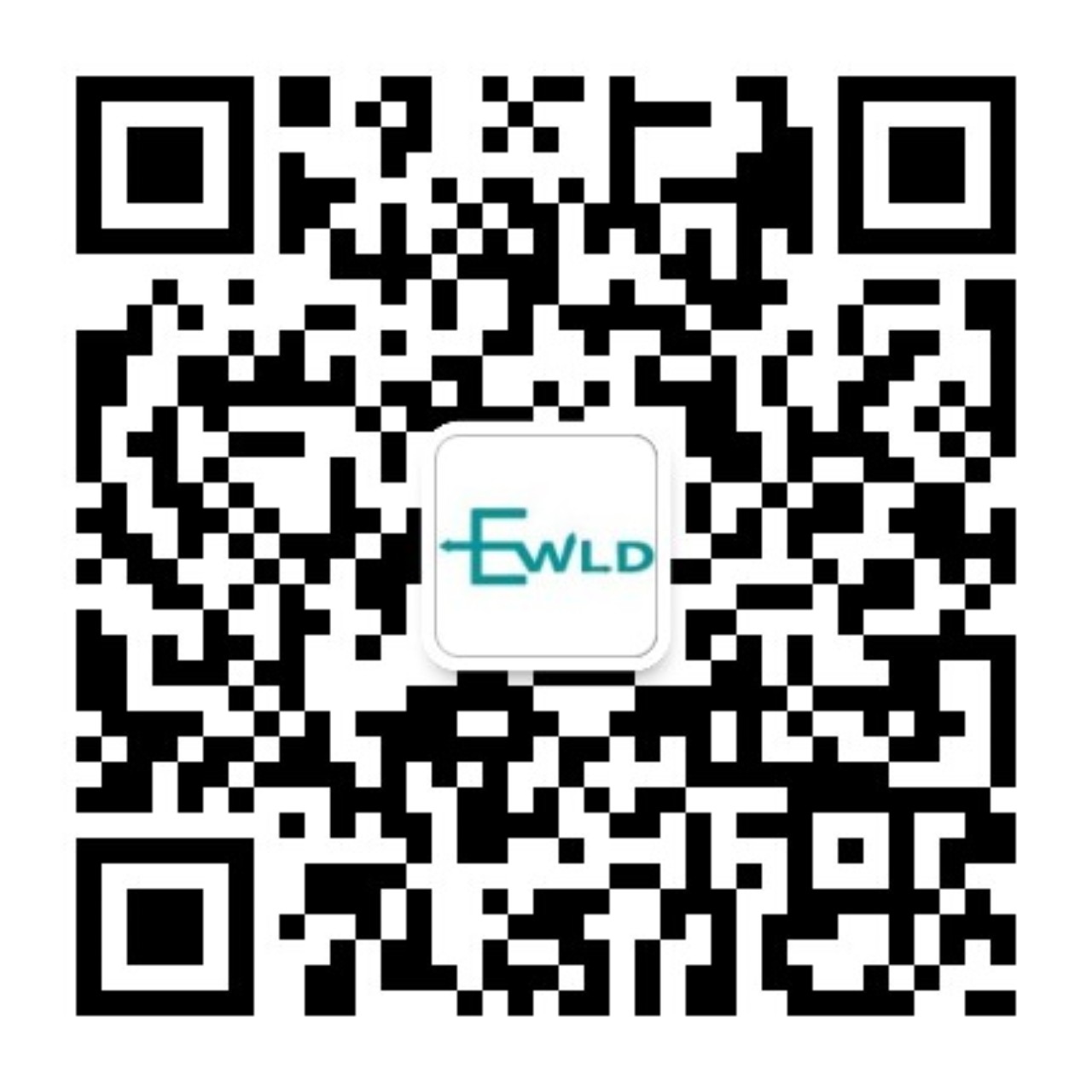Improving the efficiency of DC-DC converters is a comprehensive engineering issue that involves the optimization of multiple aspects. The following are some main methods and suggestions:
-
MOSFET (Metal-Oxide-Semiconductor Field-Effect Transistor): Selecting MOSFETs with low on-resistance (Rdson) and low turn-on resistance can significantly reduce power loss and improve conversion efficiency. In addition, the application of new semiconductor materials such as silicon carbide (SiC) and gallium nitride (GaN) can achieve higher efficiency and power density in high-frequency switching power supplies.
-
Inductor: Choosing high-efficiency inductors with low direct current resistance (DCR) and low alternating current loss can reduce the power consumption of the inductor components themselves and improve the energy conversion efficiency. Moreover, using multi-layer and flat inductors or optimizing the magnetic materials is also one of the ways to improve the inductor efficiency. Reasonably design the inductance value to balance the output ripple and dynamic response, and avoid inductor saturation at the same time to ensure that the inductor operates in the high-efficiency range.
-
Rectifier Components: Selecting diodes or power MOSFETs with low voltage drop and low loss as rectifier components can effectively reduce the rectification loss. For synchronous rectification technology, using MOSFETs instead of diodes can further improve the efficiency.
-
Filter Components: Reasonably design the filter circuit and select appropriate filter components such as capacitors and inductors to reduce the ripple voltage at the output end and improve the overall conversion efficiency. Multiple MLCC capacitors can be used in combination as the output capacitor to cover a wider frequency range and reduce the impedance.
-
Input and Output Capacitors: Selecting capacitors with low equivalent series resistance (ESR) and low equivalent series inductance (ESL) can reduce the power loss on the capacitors and improve the power supply stability.
-
Driver Circuit: Adopting an efficient driver circuit can reduce the energy loss during the switching process and improve the power conversion efficiency. In the design, special driver chips should be used, and the design parameters of the driver circuit, such as the gate resistance, should be reasonably selected to optimize the switching speed and reduce the switching loss.
-
Layout Design: A reasonable PCB layout can reduce the wire length, lower the contact resistance, and reduce the magnetic coupling, thus reducing the loss of the power circuit. For example, placing the DC-DC module close to the load end can reduce the parasitic resistance of the PCB traces and improve the conversion efficiency.
-
Trace Design: Increasing the cross-sectional area of the copper foil, such as increasing the width and thickness of the copper foil, can reduce the parasitic resistance of the traces and lower the loss. At the same time, long traces should be avoided on the high-frequency signal paths to reduce signal attenuation and interference.
-
Soft Switching Technology: Such as zero voltage switching (ZVS) and zero current switching (ZCS), which can reduce the overlapping area of voltage and current during the switching process, thereby reducing the switching loss and improving the conversion efficiency.
-
Integrated MOS Solution: It is best to choose the DrMOS solution to effectively reduce the parasitic resistance introduced by the MOS connection. For power ICs with internally integrated MOS transistors, reducing the voltage drop across the MOS transistors, that is, the voltage difference between the input and output, can also effectively reduce the loss.
-
Heat Dissipation Management: Ensure good heat dissipation of power devices to ensure that the components operate at appropriate temperatures and avoid a decrease in efficiency caused by excessive temperatures.
-
Ripple Control: Based on cost and performance, reasonably control the ripple to reduce the inductor loss and capacitor loss caused by the ripple.
In conclusion, improving the efficiency of DC-DC converters requires comprehensive optimization in multiple aspects, including component selection, circuit design, technology application, as well as heat dissipation and ripple control.










